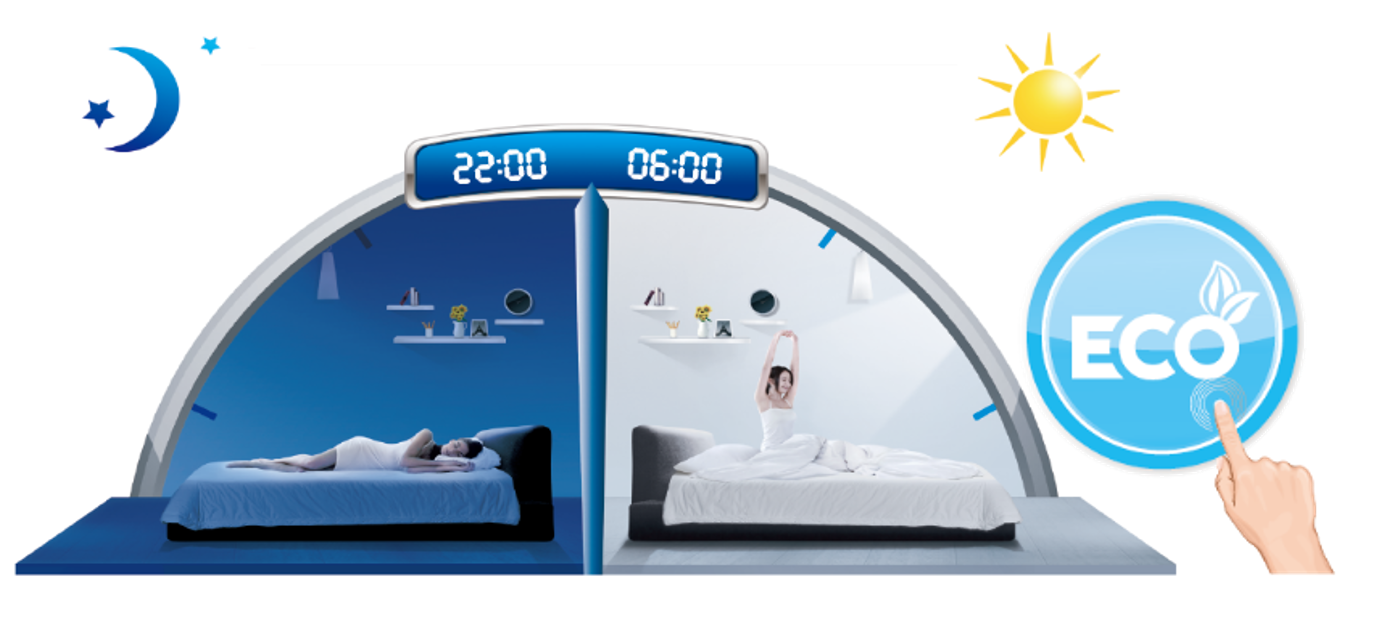What is the history of the air conditioner?
The history of the air conditioner dates back more than two centuries, when scientists and engineers developed a way to control the indoor climate of a room. At the time, they were looking for a way to regulate temperature and humidity in indoor environments, and their invention led to the invention of the air conditioner. The first invention that deserves the title of air conditioner is attributed to an American inventor, John Gorrie .
In 1851, Gorrie developed a machine that could regulate indoor temperature and humidity by pumping cold air into a room. His invention was patented in 1851 and was implemented in hospitals to maintain an optimal temperature for patients. However, the modern air conditioner we know today is the result of several inventions and improvements made by American and European scientists and engineers.
In 1902, an American inventor, Willis Carrier , invented the modern air conditioning system. He developed a system that could regulate indoor temperature and humidity by pumping cold air into a room and exhausting it outside. This system included a compressor, a condenser and an evaporator, which are still the main components of modern air conditioners.
Another American inventor, Stuart Cramer , helped improve air conditioning systems in 1913 by inventing a system that could adjust indoor temperature and humidity. He also developed a filtering system that could improve indoor air quality by removing harmful particles and improving system efficiency.
During the 1920s and 1930s, many other inventors contributed to the improvement of air conditioning systems. Inventions included temperature and humidity control systems, more advanced filtering systems, heating and cooling systems, and automatic control systems.
As the 1940s approached, air conditioning systems had become more reliable and efficient.
And now we have Kanartic trying to democratize the use of air conditioners and heat pumps for the good of all.


